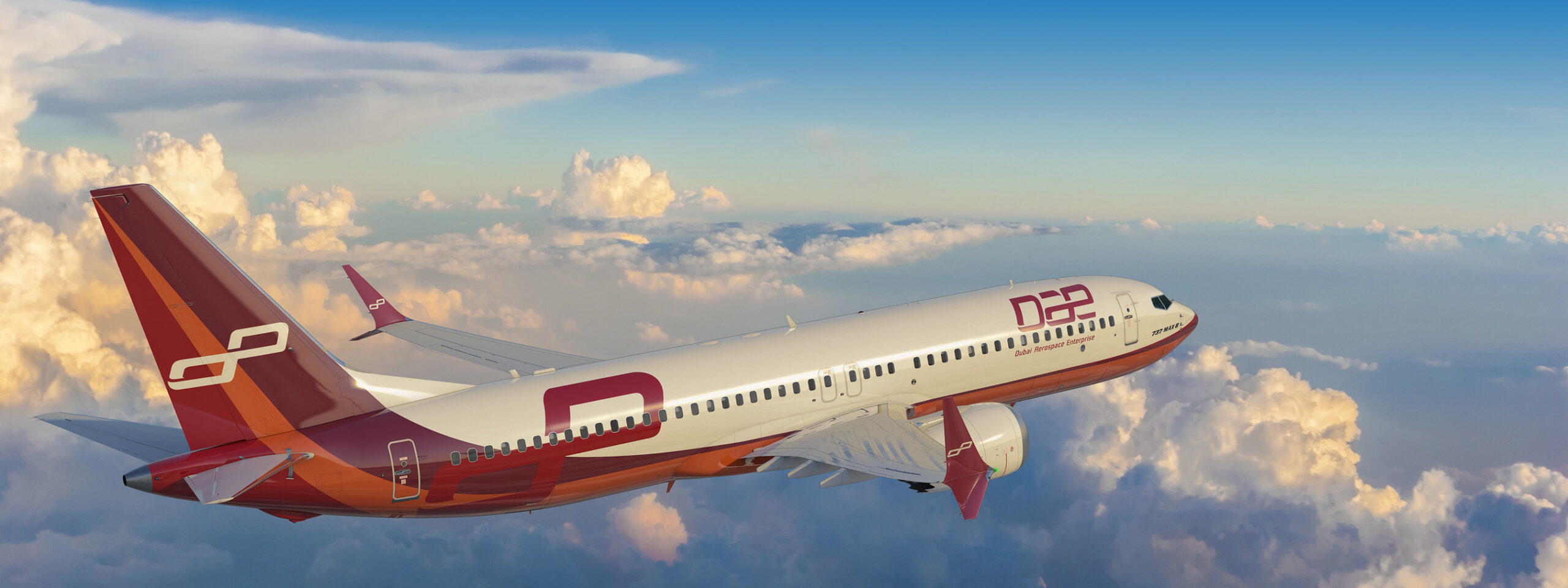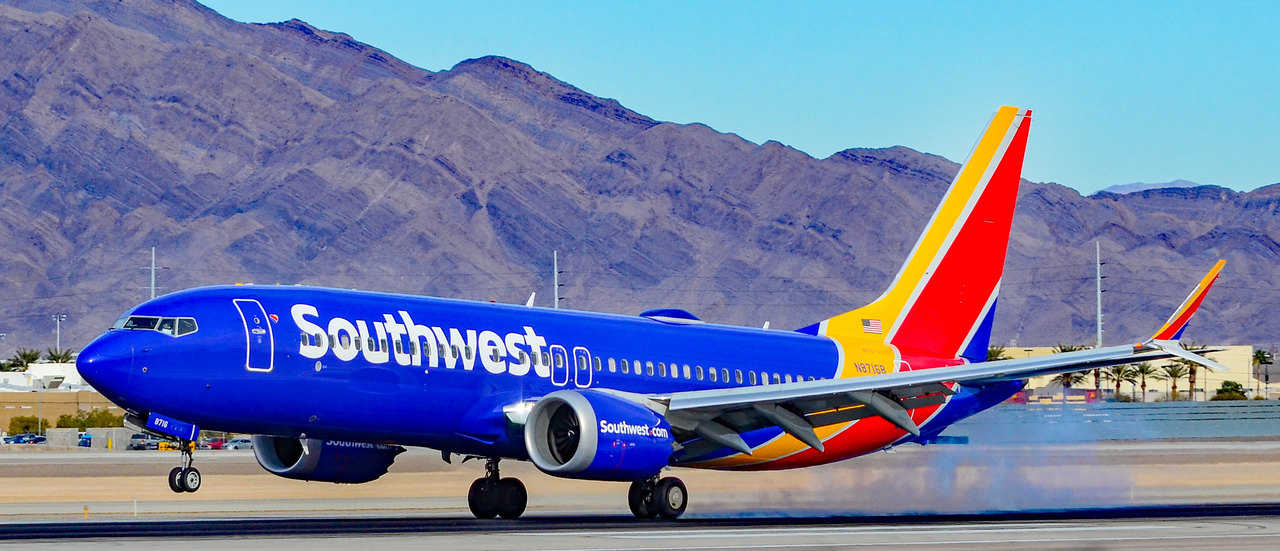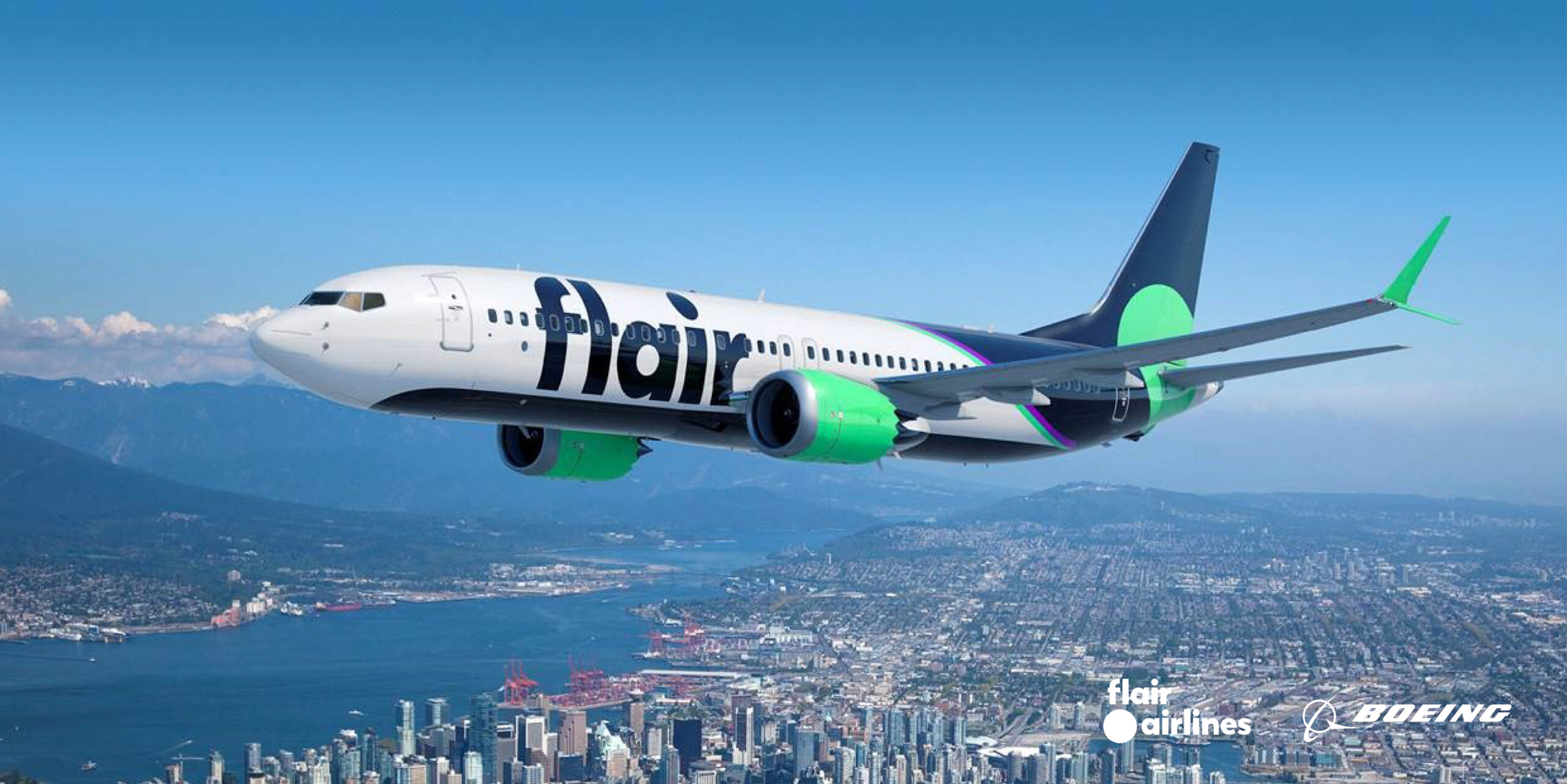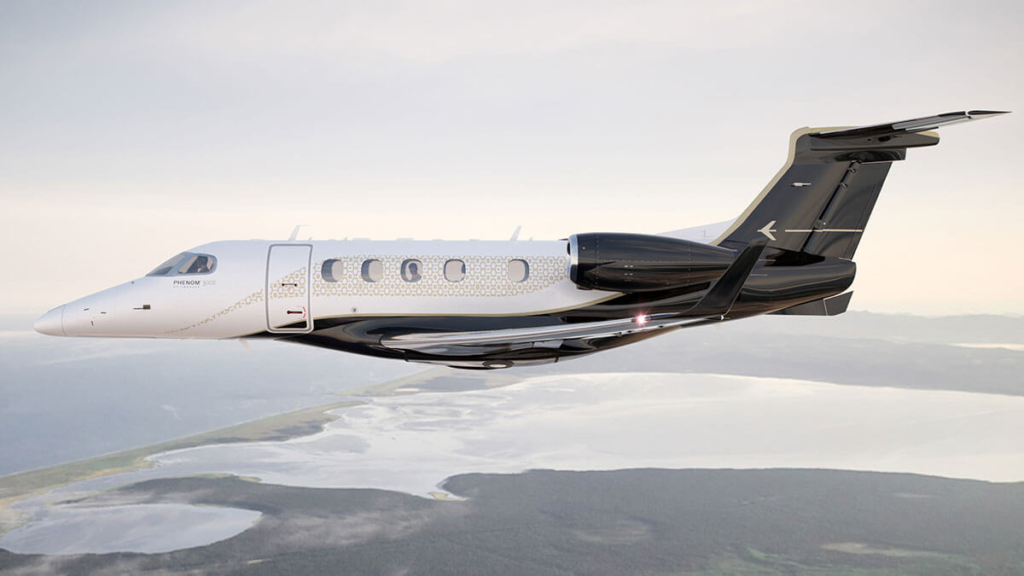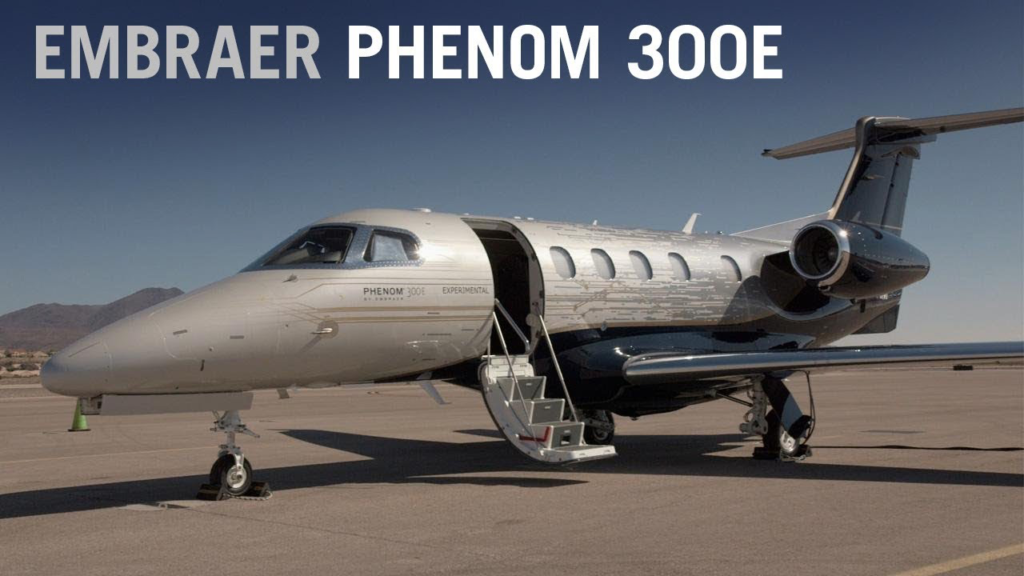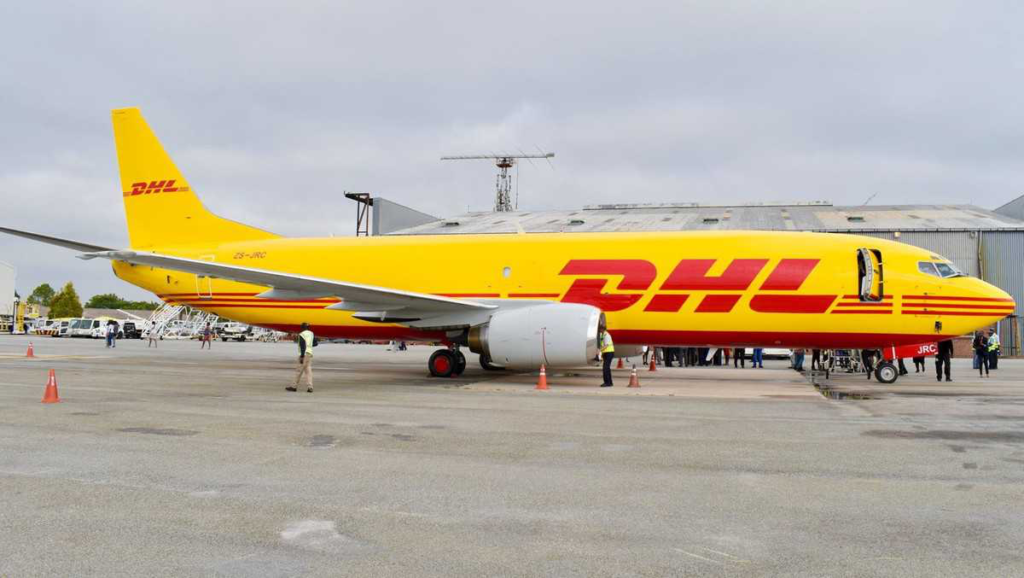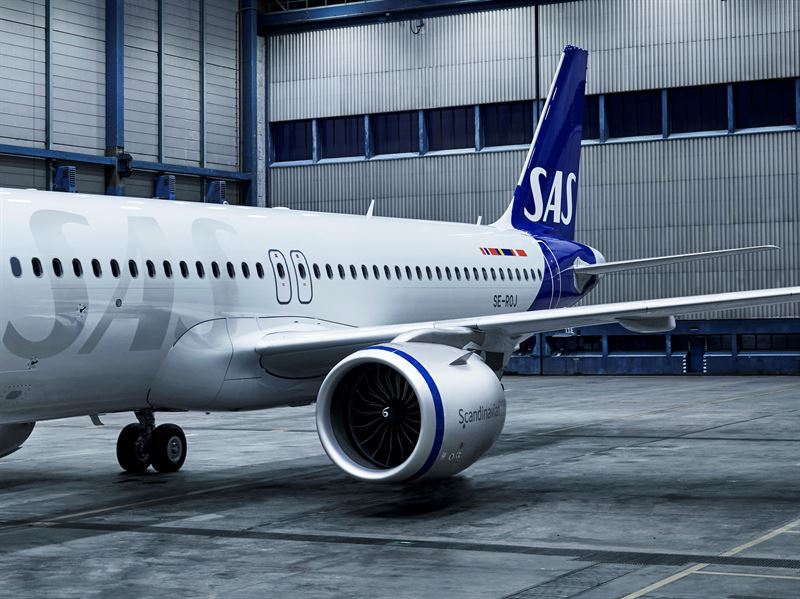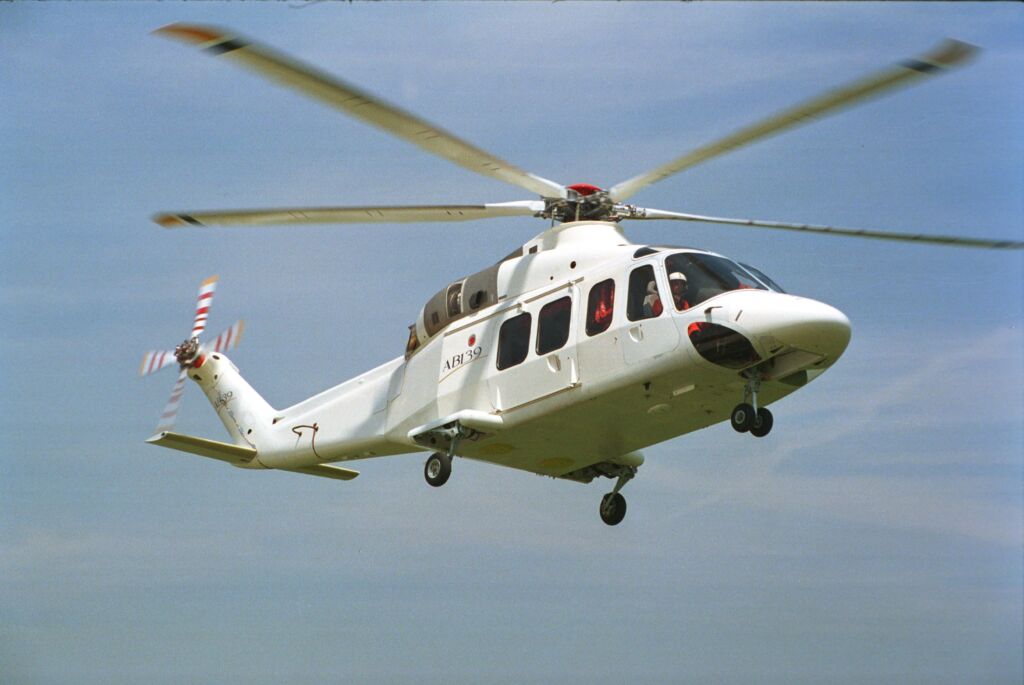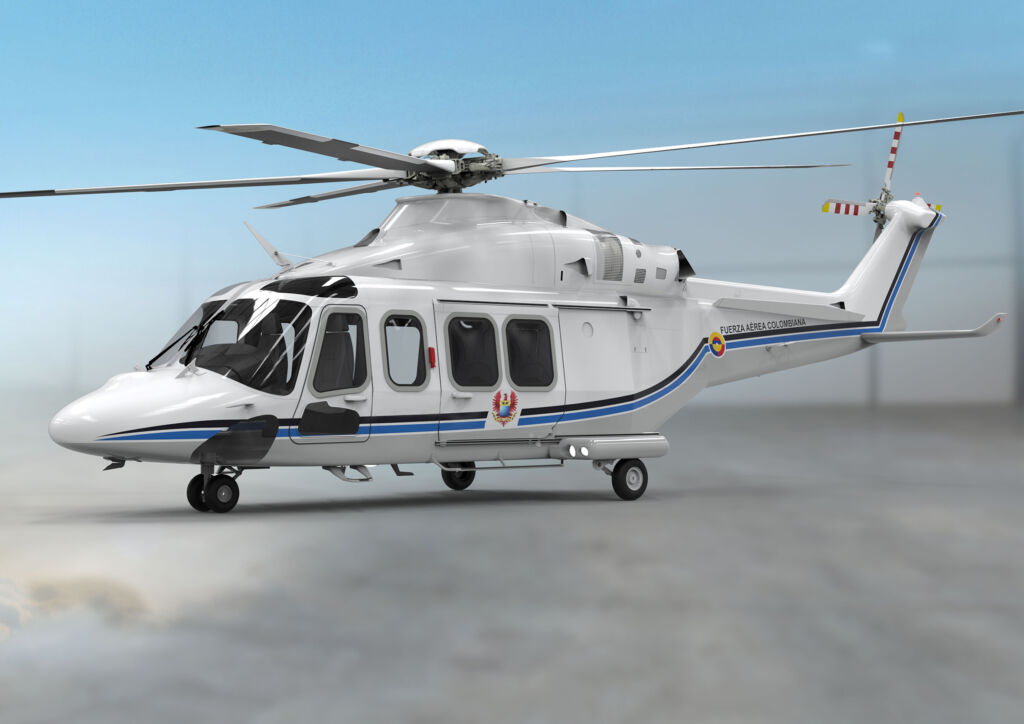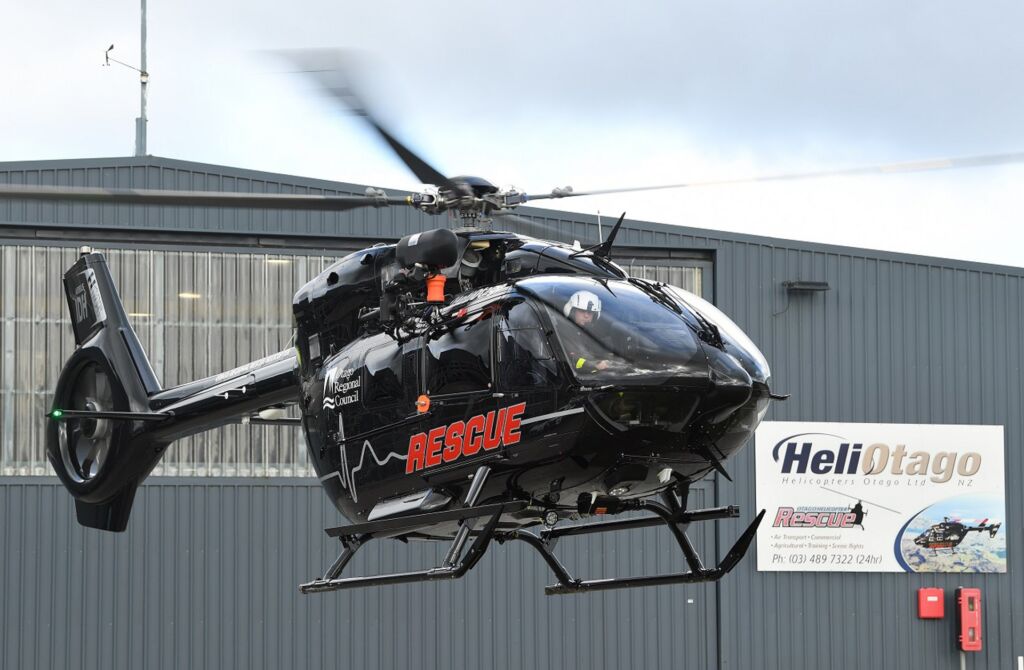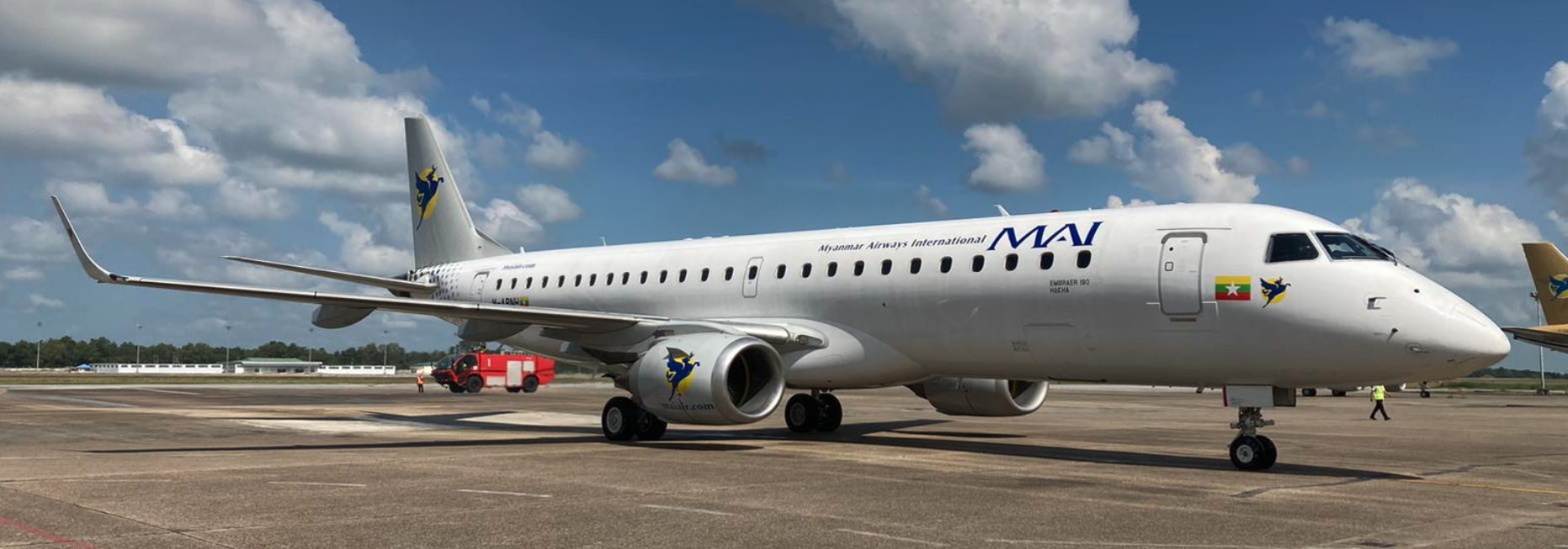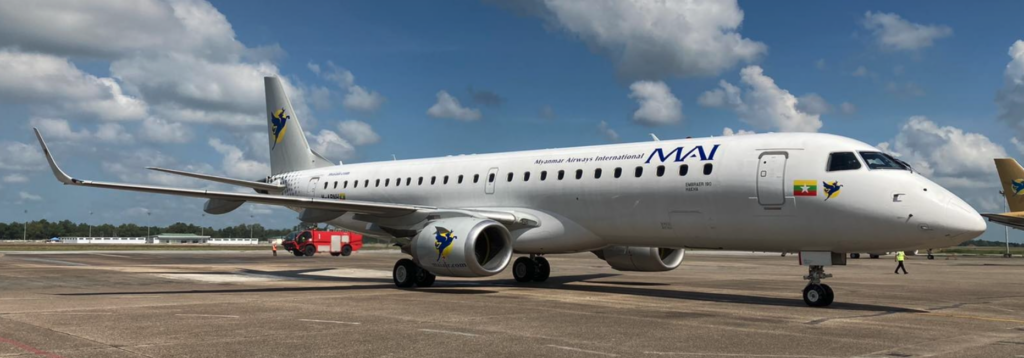SEATTLE, April 20, 2021 /PRNewswire/ — Boeing [NYSE: BA] and Dubai Aerospace Enterprise (DAE) today announced the aircraft lessor is growing its 737 MAX portfolio with an order for 15 737-8 jets. DAE had been investing in the 737 MAX by buying jets from existing customers and leasing them back to the carriers. The new order is DAE’s first direct 737 MAX purchase from Boeing as it modernizes its portfolio for better economic and environmental performance.
The order will appear on Boeing’s Orders and Deliveries website once finalized.
Firoz Tarapore, Chief Executive Officer of DAE, said: “We are delighted to deepen our already strong relationship with Boeing. Including this order, we own and manage 162 Boeing aircraft. An increasing number of global aviation regulators are returning the MAX to the skies. We are confident in the success of these aircraft as domestic and regional air travel are seeing strong signs of recovery.”
The new purchase is DAE’s second investment in the 737 MAX in the past year. In the third quarter of 2020, the lessor signed an agreement with American Airlines to purchase and lease back 18 new 737-8 airplanes. Since the agreement, the lessor has delivered 17 of the jets to the U.S. carrier. DAE previously completed a similar purchase-leaseback deal with Brazilian carrier GOL for five 737-8s.
“DAE has been instrumental in helping its customers realize the operating economics and environmental performance of the 737-8. We are delighted that they have come back to add more 737 aircraft to its growth plan as it positions itself for the recovery in commercial passenger traffic,” said Ihssane Mounir, Boeing senior vice president of Commercial Sales and Marketing. “We are honored by DAE’s trust in the 737 family and we look forward to partnering with them to serve the fleet requirements of airlines around the world.”
The 737-8 is a member of the 737 MAX family which is designed to offer more fuel efficiency, reliability and flexibility in the single-aisle market. The airplane can fly 3,550 nautical miles – about 600 miles farther than its predecessor – allowing airlines to offer new and more direct routes for passengers. Compared to the airplanes it replaces, the 737-8 also delivers superior efficiency, using 16% less fuel and significantly reducing CO2 emissions and operating costs.
Boeing is the world’s largest aerospace company and leading provider of commercial airplanes, defense, space and security systems, and global services. As a top U.S. exporter, the company supports commercial and government customers in more than 150 countries, leveraging the talents of a global supplier base. Building on a legacy of aerospace leadership, Boeing continues to lead in technology and innovation, deliver for its customers and invest in its people and future growth.
Dubai Aerospace Enterprise (DAE) Ltd. is a global aviation services company headquartered in Dubai. DAE serves over 170 airline customers in over 65 countries from its seven office locations in Dubai, Dublin, Amman, Singapore, Miami, New York and Seattle. DAE’s award-winning Aircraft Leasing division has an owned, managed, committed and mandated to manage fleet of approximately 425 Airbus, ATR and Boeing aircraft with a fleet value exceeding US$16 billion. DAE’s Engineering division serves customers in Europe, Middle East, Africa and South Asia from its state-of-the-art facility accommodating up to 15 wide and narrow body aircraft. It is authorized to work on 13 aircraft types and has regulatory approval from over 25 regulators globally. More information can be found on the company’s web site at www.dubaiaerospace.com.
